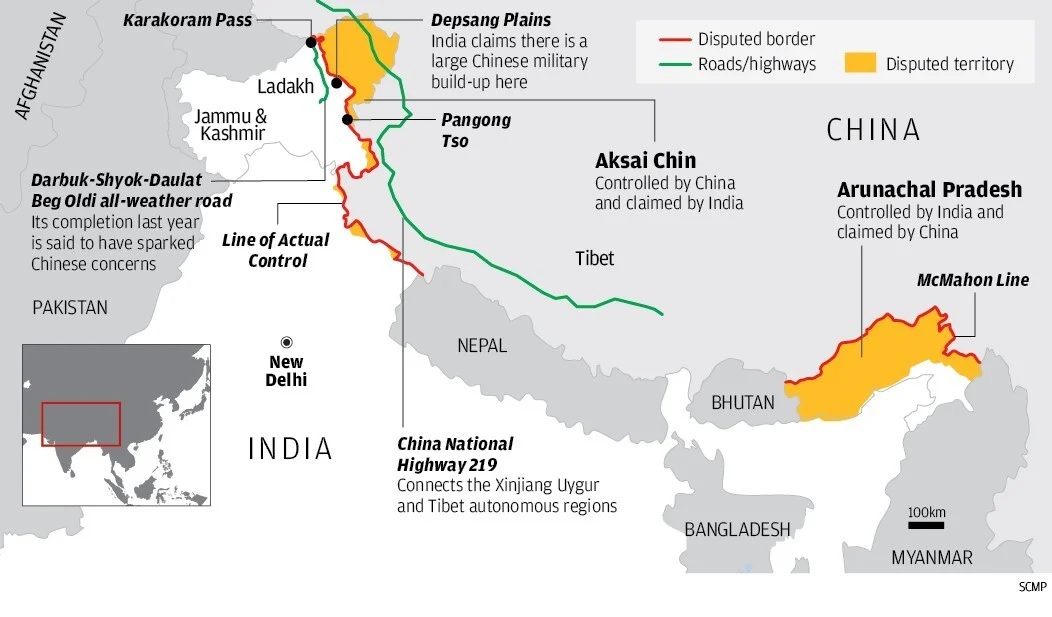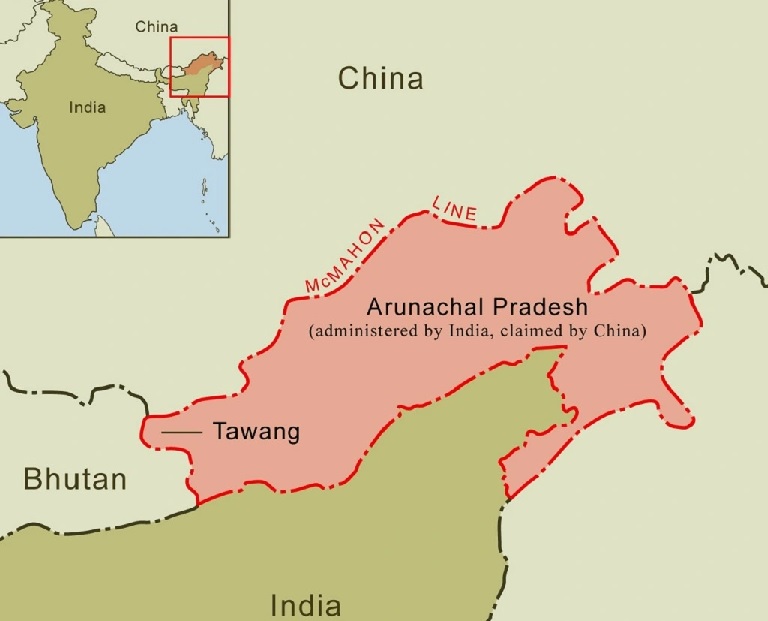900 319 0030
enquiry@shankarias.in
Soldiers of the two sides (India and China) clashed in an area called Yangtse, in the upper reaches of Tawang sector in Arunachal Pradesh.
 What is China’s so-called claim on Arunachal Pradesh?
What is China’s so-called claim on Arunachal Pradesh?

References